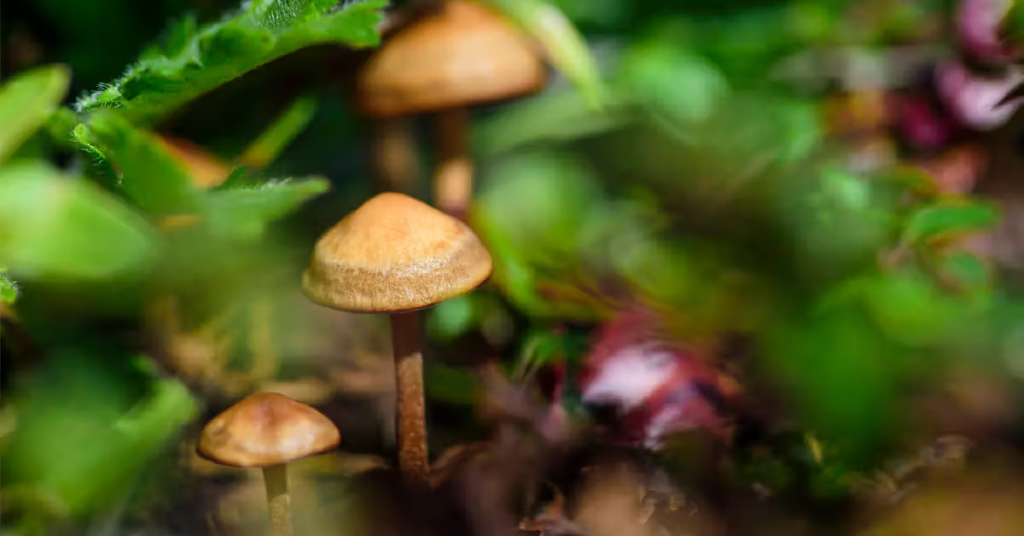Psychedelic mushrooms, commonly known as “shrooms,” contain the psychoactive compound psilocybin, providing users with altered perceptions, hallucinations, and changes in mood. While the immediate effects are well-documented, understanding how long these effects last and how detectable they are by drug tests requires a more in-depth exploration. Factors such as dosage, body composition, and the specific species of mushrooms ingested play crucial roles in determining the duration of shroom effects and their detectability.
The Timeline of Shroom Effects
The onset of shroom effects can vary depending on factors such as ingestion method and individual differences. Typically, users begin to feel the effects around 30 minutes after ingestion, with variations based on consumption methods. Whether consumed fresh or dried, mixed with food, or brewed into tea, the timeframe for feeling the effects may differ, with tea ingestion often resulting in a faster onset.
The duration of shroom effects is generally between 3 and 6 hours, but certain factors can influence this timeframe. The amount consumed, the species of mushrooms, age, tolerance, and overall physical and mental health can extend or shorten the duration. While most users return to their normal state within 24 hours, some effects, such as flashbacks, can persist for up to two minutes.
Detection of Shrooms in Drug Tests
Determining how long shrooms stay in the system depends on various factors, including the type of drug test employed. Routine blood or saliva tests are less likely to detect shrooms due to their rapid metabolism. A research review from 2021 suggests that after 6 hours, shrooms are barely detectable in these tests.
Urine tests, commonly used for drug screenings, are generally unable to detect shrooms beyond 24 hours. However, the detection window can be influenced by factors such as the amount consumed, the specific species of mushrooms, and individual metabolism. Hair follicle tests, which look for drug use within the past 90 days, are less common due to their cost.
Factors Affecting Shroom Detection
Several factors can affect the detection of shrooms in drug tests:
- Ingestion to Testing Time: The time between ingesting shrooms and undergoing a drug test can influence the test’s effectiveness. Performing the test as soon as possible after consumption improves the chances of detection.
- Species of Mushrooms: Between 75 and 200 mushroom species contain psilocybin, with varying concentrations of the hallucinogenic compound. Higher psilocybin content in mushrooms can extend their detection period.
- Ingestion Method: Whether shrooms are consumed dried or fresh, mixed with food, or brewed into tea can affect their potency and the speed at which they pass through the body.
- Dosage: The quantity of shrooms consumed directly correlates with how long they remain in the body and their detectability.
- Age: Aging can slow metabolism and kidney and liver function, potentially prolonging the presence of psilocybin in the system.
- Individual Body Composition: Factors such as body mass index (BMI), metabolism, and water content can impact the rate at which substances are excreted from the body.
- Stomach Contents: The presence of food and liquid in the stomach when consuming shrooms can affect their movement through the system, with more food slowing down the process.
- Interaction with Other Substances: Consuming shrooms with other substances, such as alcohol, may lead to unpredictable effects and potentially extend the detection window for both substances.
Getting Shrooms Out of the System Faster
While consuming water may slightly expedite the excretion of psilocybin from the system, the impact is not significant. The most effective way to reduce the risk of detection is to stop using shrooms as soon as possible.
Effects of Shrooms
Understanding the effects of shrooms is essential for users to make informed decisions about their consumption. The psychoactive nature of psilocybin can lead to various experiences, including euphoria, altered perception, hallucinations, and changes in thoughts or mood. These effects typically last between 3 and 6 hours, with some lingering up to 24 hours. However, the duration and intensity can be influenced by factors such as dosage, mushroom species, and individual differences.
Negative effects, commonly associated with a “bad trip,” may include anxiety, unpleasant hallucinations, panic, fear, and paranoia. While mushrooms are rapidly eliminated from the body, these negative effects can persist, emphasizing the importance of responsible use.
Conclusion
The duration of shroom effects and their detectability in drug tests depend on various factors, making it challenging to provide definitive answers. Understanding the timeline of shrooms, including how long they last and when they can be detected, involves considering individual differences, ingestion methods, and the specific characteristics of the mushrooms consumed.
It is crucial to approach substance use responsibly and be aware of the potential consequences, both short-term and long-term. While there are ways to expedite the excretion of psilocybin from the system, the best approach to avoid detection is to cease shroom use promptly. Seeking guidance from healthcare professionals or utilizing confidential resources can provide support for those concerned about their substance use, promoting overall well-being and harm reduction.







